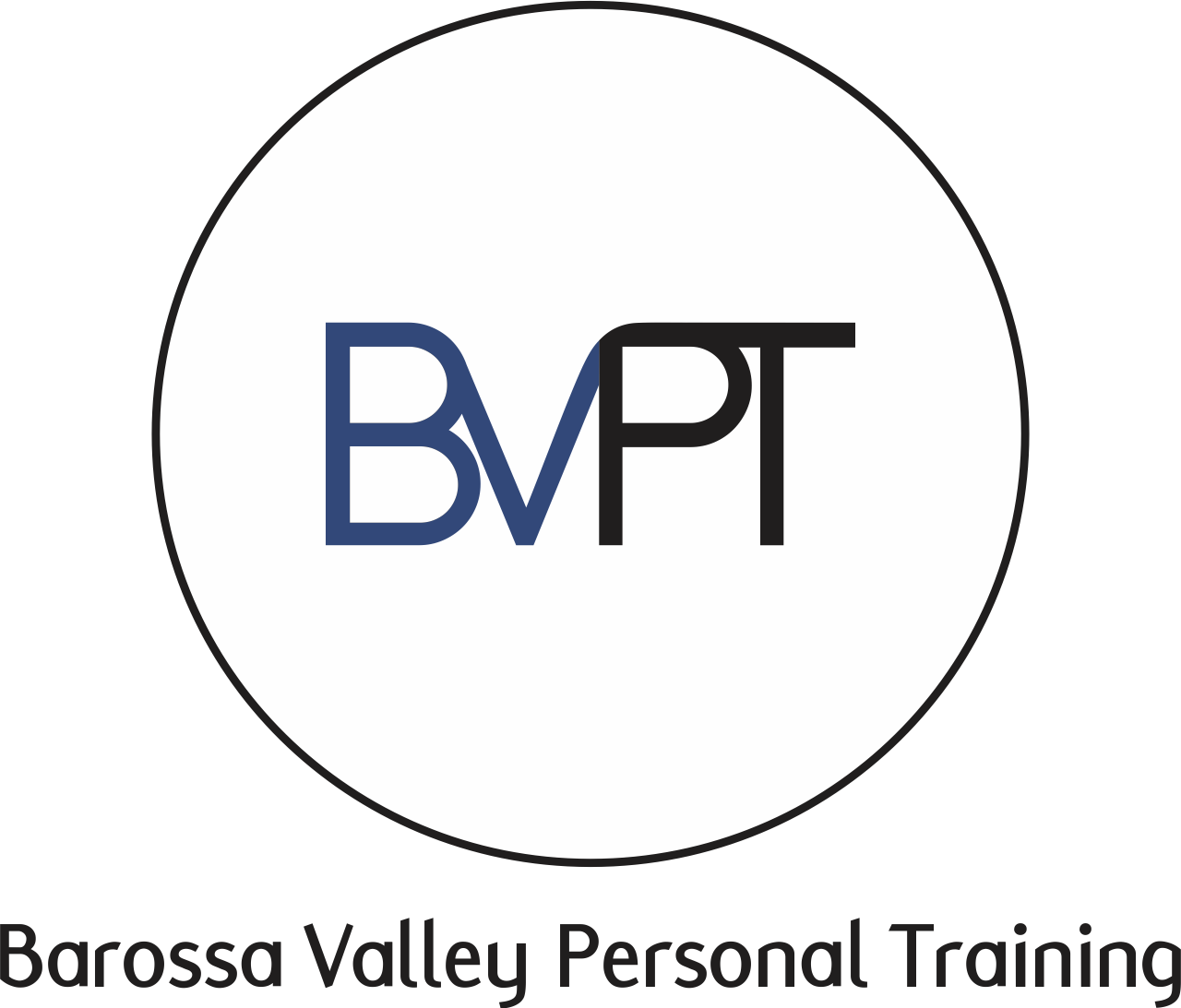Stop Dropping Your Deadlift!
Performing a strong, powerful deadlift is one of the most beneficial movements you can perform in the gym. But are you getting the most out of your lift?
Many people these days are into a habit of dropping their deadlift from the top of the movement, only to bounce at the bottom and lift back up. There is no particular reason for this, other than “that’s the way I saw others do it, so it must be right.” WRONG!
Unless you are training at for a powerlifting meet (where your training for 1-3 reps), or working under the direct instruction of a strength coach, you are doing yourself a disservice!
The Shock Factor
Have you ever considered how much shock-force goes through your head, neck and shoulders every time you drop your deadlift? If you ever suffer from tension headaches, migraines, neck pain and the like, you should stop dropping your deadlifts immediately!
The Equipment Factor
The next time you watch your favourite fitness celebrity drop a deadlift, look more carefully at the equipment they are using. They are invariably using rubber ‘Bumper Plates’ and likely a sprung floor, which are specifically designed for power lifting movements. Standard gym equipment only provides rubber coated plates and aren’t designed to be dropped. Repeated abuse like this can easily crack welds in bars.
The Alternative
Eccentric training, better known as "Negs" or "Negative reps" is focusing on the eccentric (lowering) part of a lift. Almost every exercise there is can be split into the eccentric and concentric phase, the eccentric phase is where the muscles is stretched while the concentric phase is where the muscle contracts.
So in a deadlifting movement, the concentric part is when you’re standing up, the eccentric part is lowering the bar back to the ground.
Most people pay more attention to the concentric part of the lift than the eccentric, putting all the effort into the lift, before dropping it back down with no control. This is because most people believe the concentric part of the lift to be where all the magic happens, with the eccentric part a necessary evil.
In reality both phases are extremely important for anyone trying to get stronger or build bigger muscles (or even perform the exercise correctly). In fact, the negative part of the lift that is more important when it comes to hypertrophy and strength. So much so that many strength coaches add exclusively eccentric movements into their programming (in fact, they are one of my favourites!).
Negative reps on their own, and/or making a focus on their movement has well documented benefits.
BENEFIT #1. INCREASED FORCE
Many studies have found that eccentric training can massively increase force production, which has many carryovers in sport, exercise and wellness. Many studies have shown that eccentric force is anywhere from 60-120% greater than concentric force. (Ie you are MUCH stronger on the negative)
BENEFIT #2. LOWERED FATIGUE
Eccentric training also results in less fatigue than a regular strength training session. This is probably due to the lengthening movement being more efficient than the contracting movement, and also explains why more force can be produced.
BENEFIT #3. INCREASED HYPERTROPHY
Eccentric training may not produce as much fatigue but it does produce more muscle damage than regular training. This sounds bad but actually the more muscle damage a workout produces the more strength and hypertrophy you can expect (provided you consume sufficient protein).
Studies have shown that eccentric training really does increase muscle size and strength.
BENEFIT #4. LOWERED RISK OF INJURY
People who have heard anything about eccentric training are probably aware of the strength and size benefits. Most gym goers are already sold on the matter after you mention bigger muscles. But one benefit that doesn't get much attention is the effect that negative reps have on your risk of injury.
A 2011 study found that not only did eccentric training lower the risk of new injuries, it also lowered the risk of recurring injuries.
Another way that eccentric training can lower injury risk is simply getting the performer to improve their technique. Most techniques fail due to being performed incorrectly, or with too much weight. Eccentric training, that involves the slow controlled lengthening of the muscle is a great way to relearn an exercise that you may have previously been performing poorly.
Everyone knows that performing an exercise poorly is one of the easiest ways to injure yourself, and sometimes we don't even know we have an issue.
This is because you were unwittingly using too much momentum throughout the movement, subconsciously making the exercise easier for yourself.
BENEFIT #5. IMPROVE FLEXIBILITY
As with its effect on injury risk, the effect of eccentric training on flexibility is very underrated. Combining eccentric training with static stretching has been shown to increase flexibility, and even when used on its own eccentric training is still effective.
BENEFIT #6. HAPPIER TRAINERS
Yes, dropping a deadlift is loud. Yes, it will potentially draw attention in the gym. But while you’re likely wearing your headphones, you won’t notice how loud the crashing of weights is. Dropping deadlifts for 20-30 minutes is no big deal, right? Wrong! PT’s and staff are in the gym for up to 12 hours a day! Repeated bashing and crashing of your poor formed deadlifts is a sure way to make your PT go mad!
